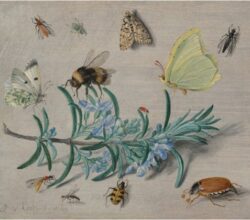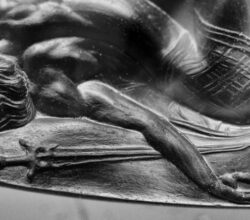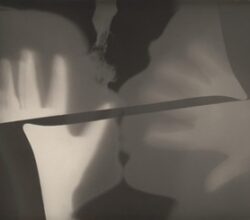
‘Little Beasts’ at the National Gallery
Stuart Vyse | Skeptical Inquirer | 7th July 2025
In the 1500’s, Netherlanders regarded insects as vermin. Once they acquired an empire though, that changed. Artists and the learned classes were wonderstruck at the unknown insects and wildlife being brought in from the colonies. Both male and female artists created work, the best of which was “delightfully intricate and realistic”, seeding the idea of empirical observation. By around 1600, scientific enquiry was seen as separate from philosophy, and natural history was an established discipline. Images are here.


